
Heat rash is more of a nuisance than an actual or serious medial condition. It is also known under the names prickly heat or miliaria and, unlike general misconception, does not affect only babies. It is also distributed among people of all ages especially if weather is hot and humid.
Heat rash is a condition that develops as a consequence of blockage of sweat ducts and subsequent inadequate perspiration of the skin. In mild cases there are superficial blisters while more complex rash affects deeper tissues. In almost all cases the rash is a source of itchy and prickly sensations.
This type of rash generally withdraws on its own and only severe cases require medical care.
Heat Rash Clinical Characteristics
Heat rash forms in skin folds and on the areas where clothes cause repeated friction. In infants, this type of rash affects the folds of the neck, shoulder and chest and is also distributed in the armpits, elbow creases and groin area.
There are three types of heat rash, miliaria crystalina, miliaria rubra and miliaria profunda.
Miliaria crystalina is a type of heat rash that affects the topmost layer of the skin, i.e. sweat ducts located in this layer. The affected skin gets covered with tiny, clear blisters and bumps. These skin lesions are superficial and rupture easily. The skin lesions are not itchy. There is also no pain. The skin soon regains its normal appearance. Recurrence is possible only if hot and humid weather persists.
Miliaria rubra affects deeper layers of the skin. This rash is also known as prickly rash because of the symptoms patients have to deal with. Namely, the skin gets covered with red, itchy and prickly bumps. There is little or no sweating in the affected area. This type of heat rash occurs during hot, humid weather and in people who are bed ridden.
Miliaria profunda is not a frequent type of heat rash. Unlike previous two types of heat rash both of which affect people of all ages, miliaria profunda mostly affects adults. The rash spreads to a deeper layer of the skin and is generally associated with exercising or some other activities that induce profuse sweating. In this case the rash occurs in a form of firm, flesh-colored lesions. Since there is a lack of perspiration, one may end up with heat exhaustion (dizziness, nausea and palpitations).
Heat Rash Prevention
There are several efficient ways to prevent heat rash.
First of all, during summer months, one should wear soft, light-weighted clothing made of cotton. Even during winter months, parents are supposed to pay attention and never overdress their children. Tight fitting clothes are not recommended as well because they irritate the skin. This irritation is more severe during hot and humid weather.
Furthermore, in order to deal with hot weather, one should stay in the shade or remain in air-conditioned places. Fans also contribute to air circulation and prevent excess perspiration.
Frequent showers and baths clean the skin and cool it as well. One should use nondrying soap without fragrances or dyes.
Finally, creams and ointments may clog the skin pores and contribute to heat rash, hence one should avoid them.



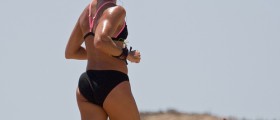

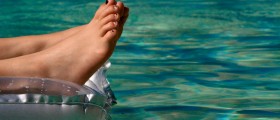

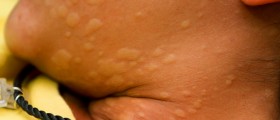
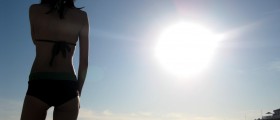

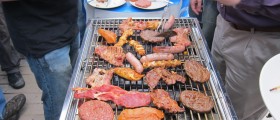

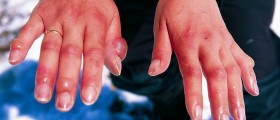


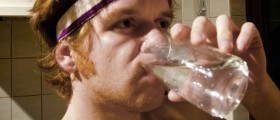

Your thoughts on this
Loading...